Downtown Tampa didn’t always buzz with energy. For years, it felt empty—almost forgotten. I watched new apartments, restaurants, and shops breathe life into what people once called a “dead zone.” Now, the riverwalk, green spaces, and waterfront spots lure locals and visitors alike.
Walking these streets, I can’t help but notice how Tampa’s downtown has changed. It’s not just an office district anymore. Shiny new towers stand right next to historic buildings, and that mix gives downtown its unique vibe. Tampa’s growth? It’s really a story about vision, grit, and a community that decided to care again.
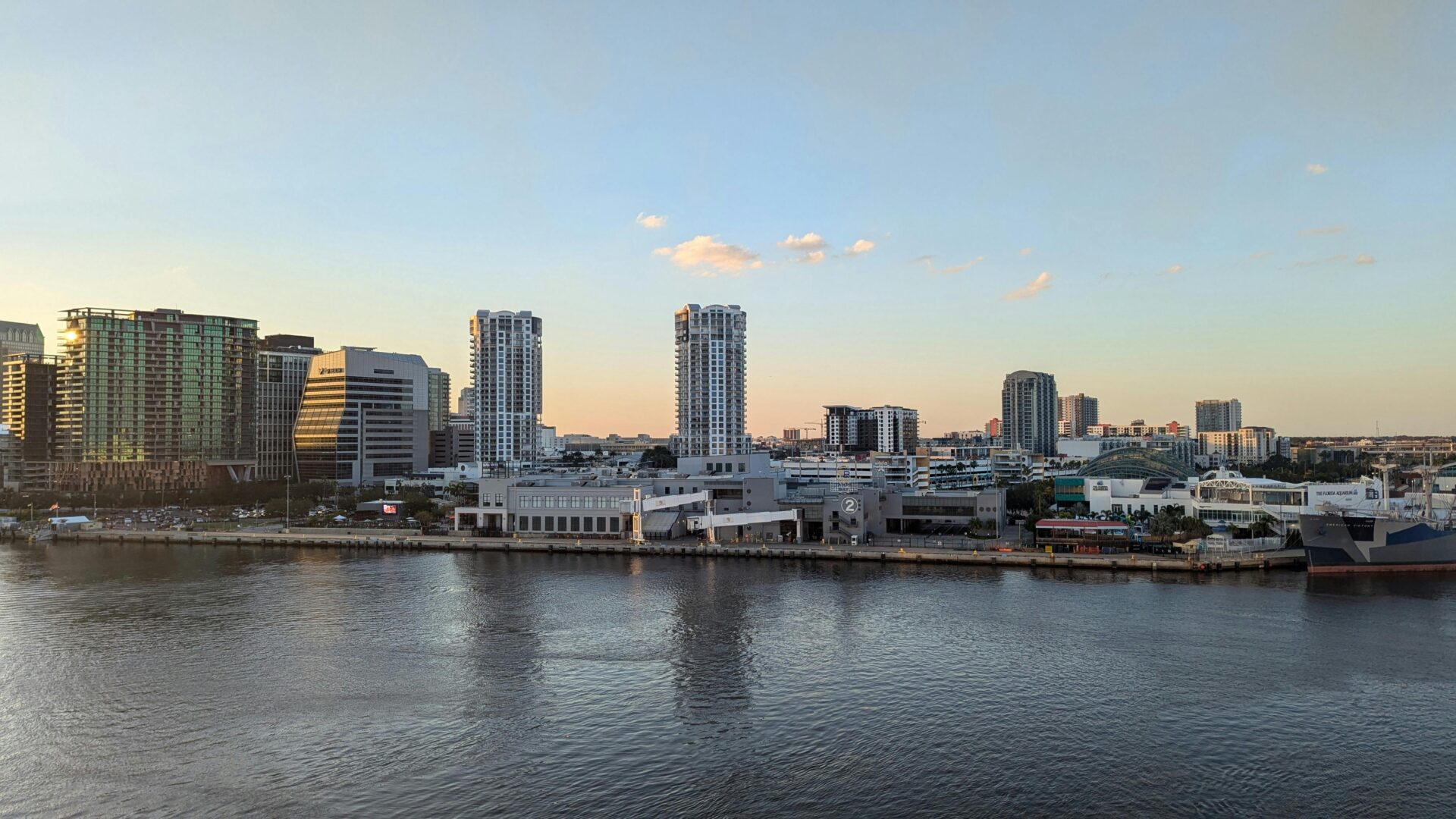
Origins and Early Growth
Downtown Tampa started as a tiny settlement. Its location, industry, and waves of migration helped it become a thriving hub. The waterfront, Ybor City’s expansion, and those early architectural landmarks all left their mark.
Port and Industrial Foundations
Tampa’s roots go back to Fort Brooke, which the U.S. Army set up in 1824 along the Hillsborough River. That fort became the starting point for the city.
The port’s deep-water access gave Tampa a leg up in shipping and trade. When Henry Plant’s railroad arrived in 1884, it turned Tampa into a gateway for goods and people. Phosphate mining and citrus shipping plugged Tampa right into the national economy.
Warehouses, wharves, and rail lines crowded the waterfront. Industry connected the Gulf of Mexico to inland Florida, and the population exploded. Tampa wasn’t a sleepy outpost anymore—it had become a key regional player.

Ybor City’s Influence on Downtown
Ybor City sprang up in the 1880s after cigar maker Vicente Martinez Ybor brought his factory to Tampa. Thousands of workers from Cuba, Spain, and Italy followed. Their arrival injected fresh energy and culture.
This wave of newcomers made Tampa one of the South’s most diverse cities. Ybor City’s economic boom spilled into downtown. Businesses that supported the cigar industry popped up along nearby streets.
It wasn’t just cigars. Shops, restaurants, and services opened for workers and their families. Even now, Ybor City’s historic connection to downtown shows up in the old brick buildings and the lively street scenes.
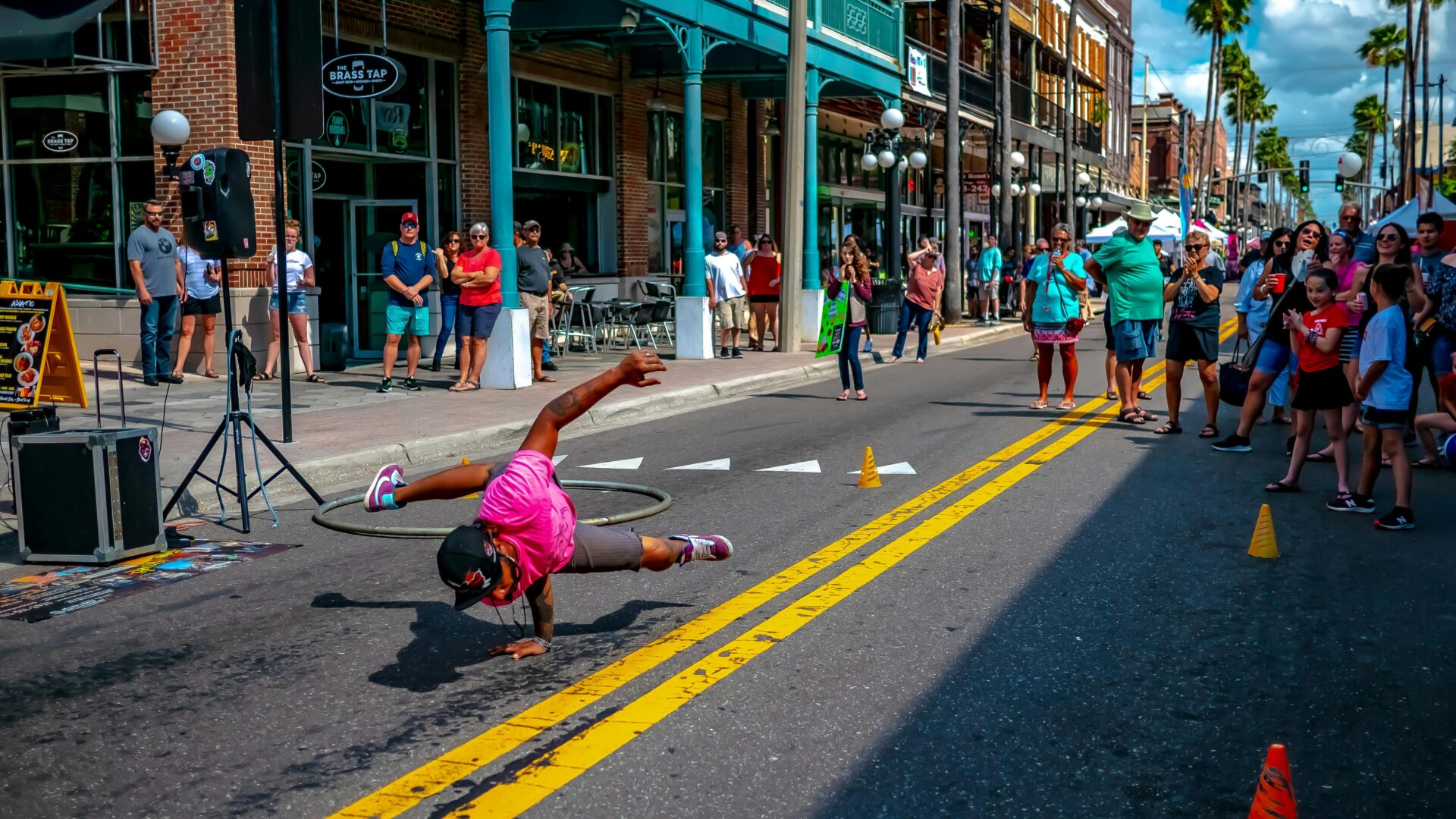
Historic Landmarks and Early Architecture
Many of Tampa’s iconic downtown landmarks date back to this first big wave of growth. The Tampa Bay Hotel—now part of the University of Tampa—opened in 1891 with those unforgettable Moorish minarets. I still catch myself staring at them sometimes.
Franklin Street cut through the heart of downtown and became the go-to spot for shopping, banking, and socializing by the early 1900s. Buildings like the Exchange Bank and Marine Bank & Trust signaled prosperity.
Street names like Whiting Street and Kennedy Boulevard still follow the grid laid out in the 1800s. They quietly tie today’s skyline to the plans of Tampa’s earliest residents.
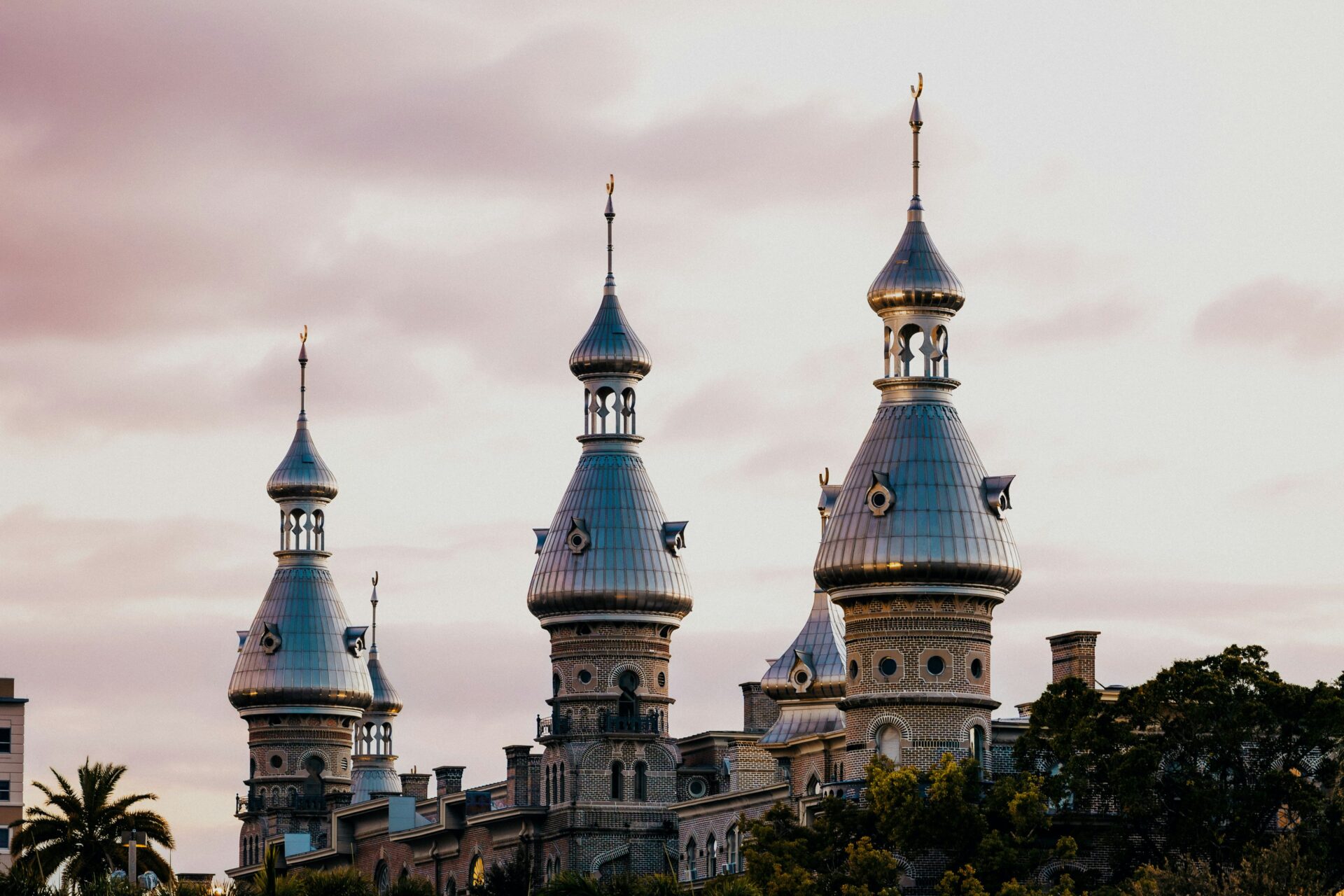
Decline and Challenges in the Late 20th Century
After decades of growth, downtown Tampa hit a rough patch. Suburbs grew, transportation changed, and people’s habits shifted. The city center struggled.
Suburban Migration and Economic Shifts
In the late 20th century, I watched as businesses and families moved away from downtown. The suburbs and new malls promised more space and convenience.
The city’s economic focus drifted away from the center. By the 1980s, empty storefronts dotted the landscape, and office buildings emptied out after hours. This left local businesses struggling and made it tough to keep a vibrant city core.
Key impacts:
- Retail and restaurant activity dropped
- Fewer people lived downtown
- Small businesses closed
Morgan Street Jail and other old buildings sat empty for years, reminders of the city’s downtown slump.
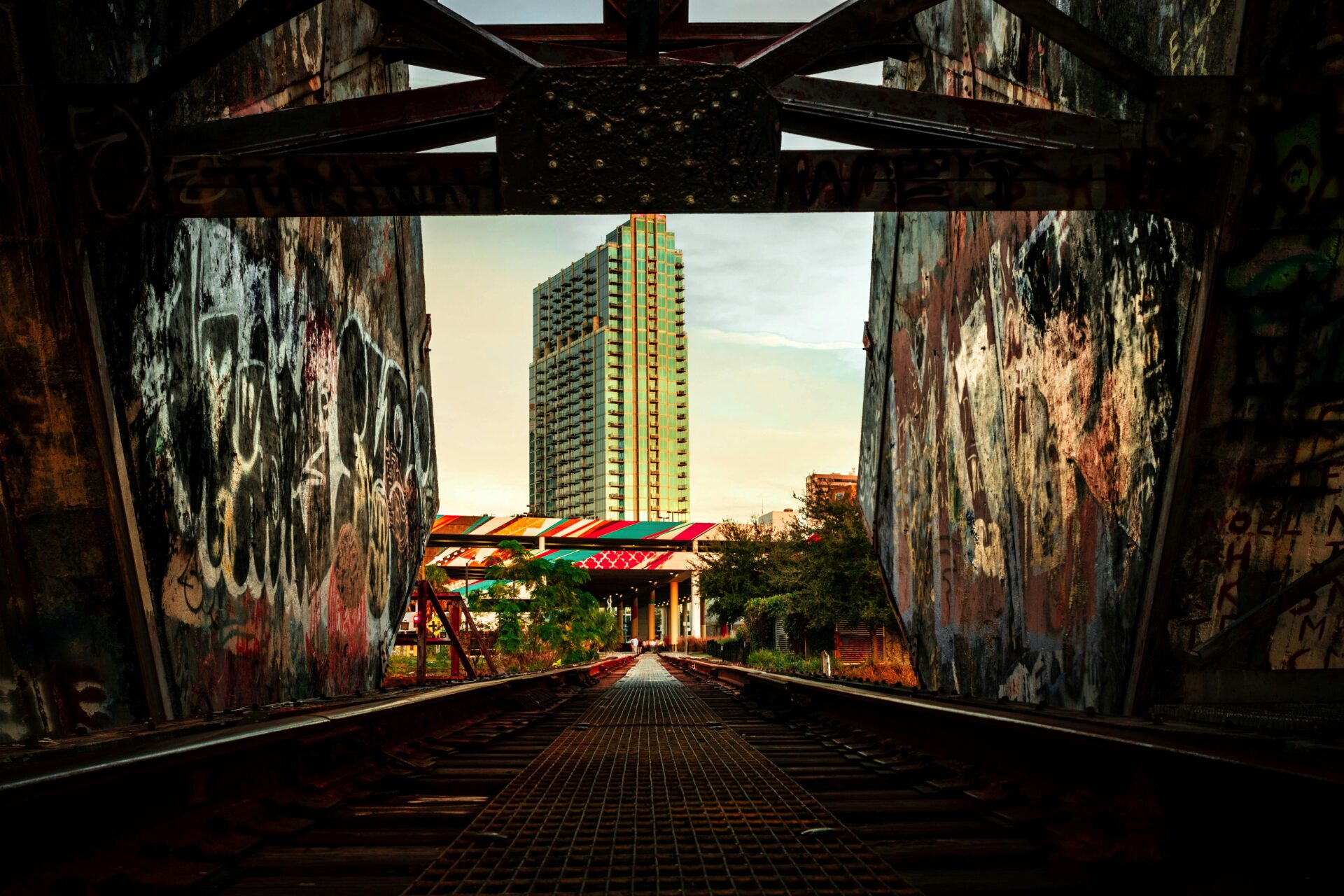
Impact of Transportation Changes
Cars and highways changed everything. Streets filled up with traffic, and parking lots replaced older buildings. Interstate 275 and other highways made bypassing downtown a breeze.
Table: Key Transportation Changes and Their Effects
| Change | Effect on Downtown Tampa |
|---|---|
| Interstate projects | Created barriers, reduced walkability |
| Suburban highways | Drew residents and shoppers away |
| Decline of streetcars | Fewer public transit options |
Public transit shrank, and fewer people walked downtown. The old connections to the port and nearby neighborhoods faded as new roads sliced through the city.
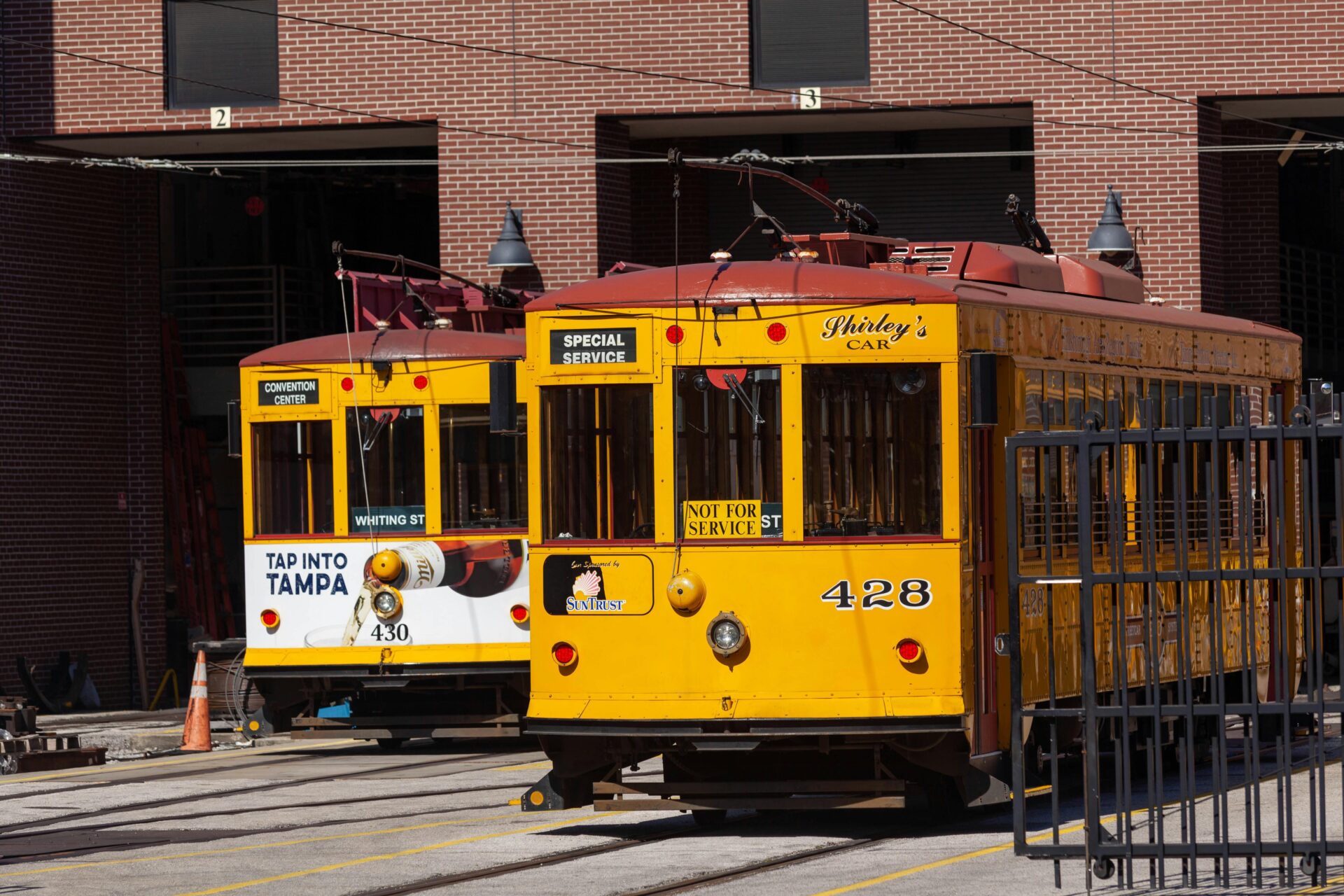
Social and Cultural Shifts
As businesses left, downtown’s social life faded too. Evenings and weekends felt deserted. I remember searching for places to hang out and coming up empty.
Young families and professionals picked the suburbs. Theaters and local shops closed or moved. Downtown became a place for work and government business, not for living or fun.
A few groups, like what would become the Tampa Downtown Partnership, tried to keep the area going. But the sense of community just wasn’t what it used to be.
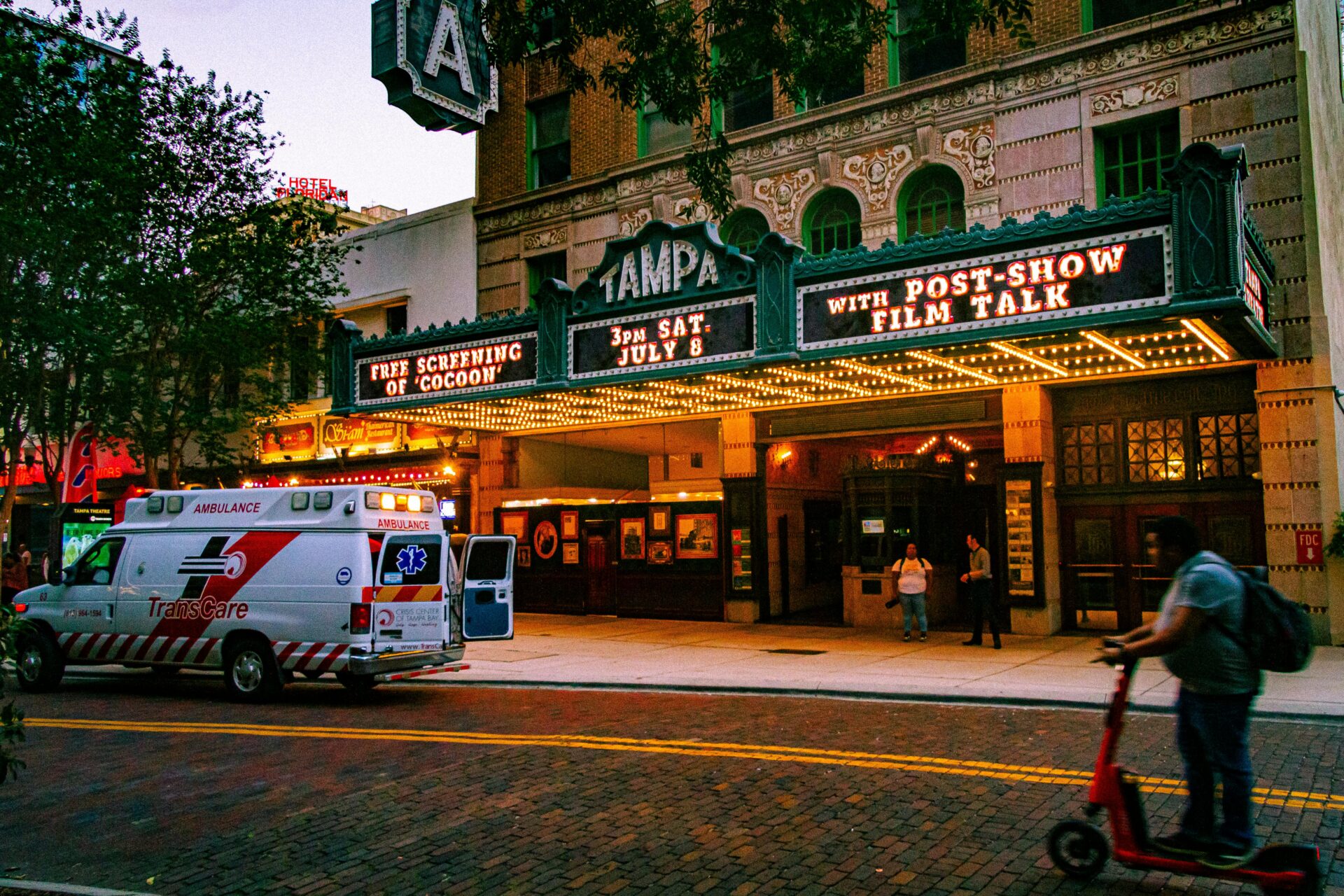
A New Era: Revitalizing the Urban Core
Things changed—big time. Targeted development, public investment, and a careful mix of old and new attractions revived downtown Tampa. Projects like the Florida Aquarium and Riverwalk brought people back to the waterfront. New housing and cultural spaces lured both residents and visitors.
Public Investments and Major Initiatives
Public investments really set the stage for all this change. The City of Tampa and the Community Redevelopment Agency used tax-increment financing to upgrade infrastructure and public spaces. That meant better housing, transit connections, and bigger public areas.
Residential projects along N Tampa Street are adding at least 750 new homes, with half set aside as affordable housing. The Ashley Drive on-ramp redesign should make it safer and easier for pedestrians to reach the Tampa Convention Center and Channelside Bay Plaza.
Partnerships between the city and private groups—like the Tampa Downtown Partnership—have guided urban redevelopment. This teamwork has helped Tampa steadily grow its options for living, working, and playing downtown.
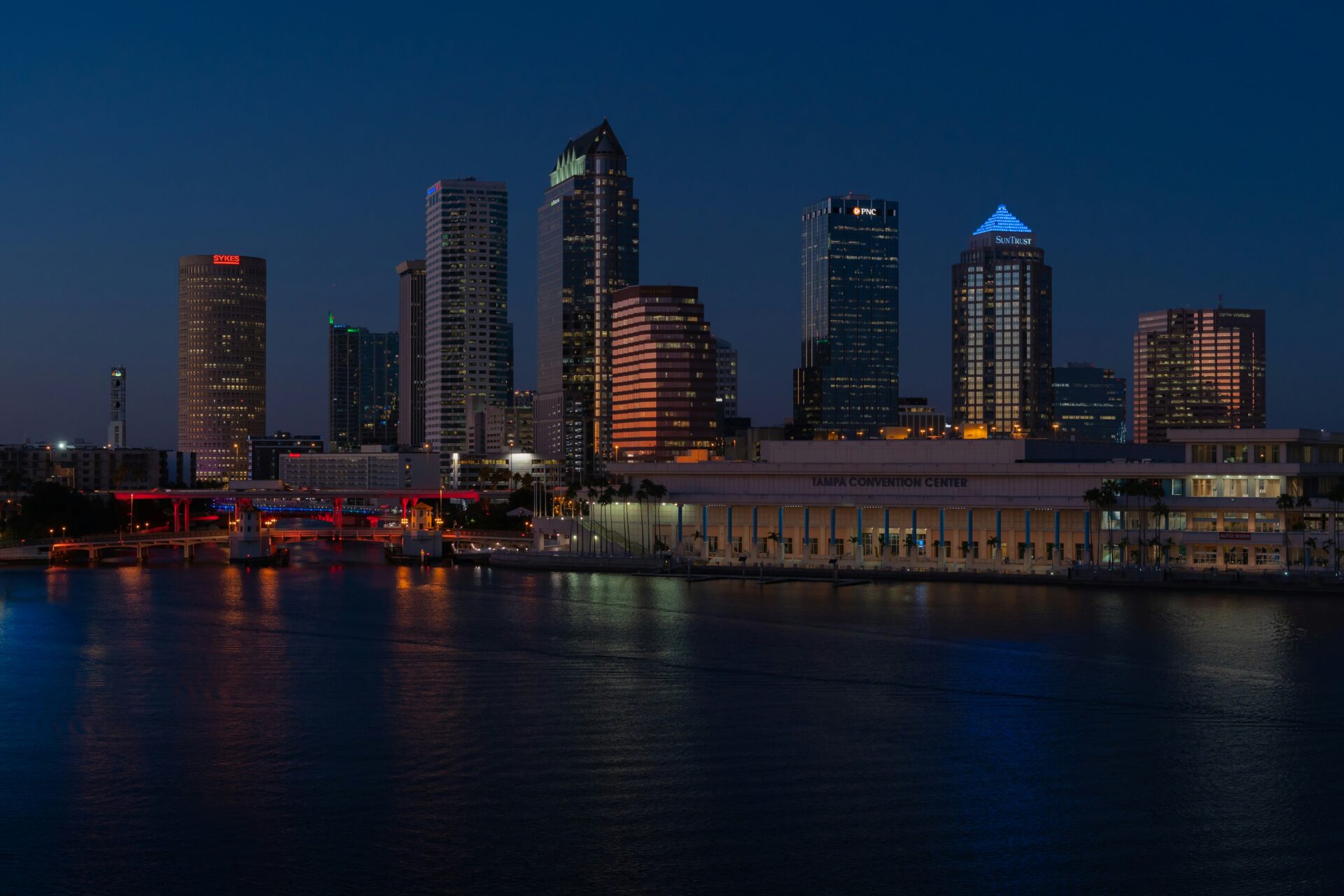
Curtis Hixon Park and Waterfront Activation
Curtis Hixon Park is now the heart of downtown’s waterfront revival. I remember when this spot felt forgotten, but now it’s a green oasis overlooking the Hillsborough River. Festivals, concerts, and community gatherings fill the park with life.
The Tampa Riverwalk now stretches along the river, connecting the park to the Tampa Museum of Art and the Tampa Marriott Waterside Hotel & Marina. Whether you’re walking, biking, or just soaking in the view, it ties neighborhoods and attractions together.
Nearby, Channelside Bay Plaza and the Florida Aquarium have both gotten facelifts. Entertainment, dining, and learning experiences keep the waterfront buzzing day and night. Focusing on the river’s edge has made downtown way more lively and connected.
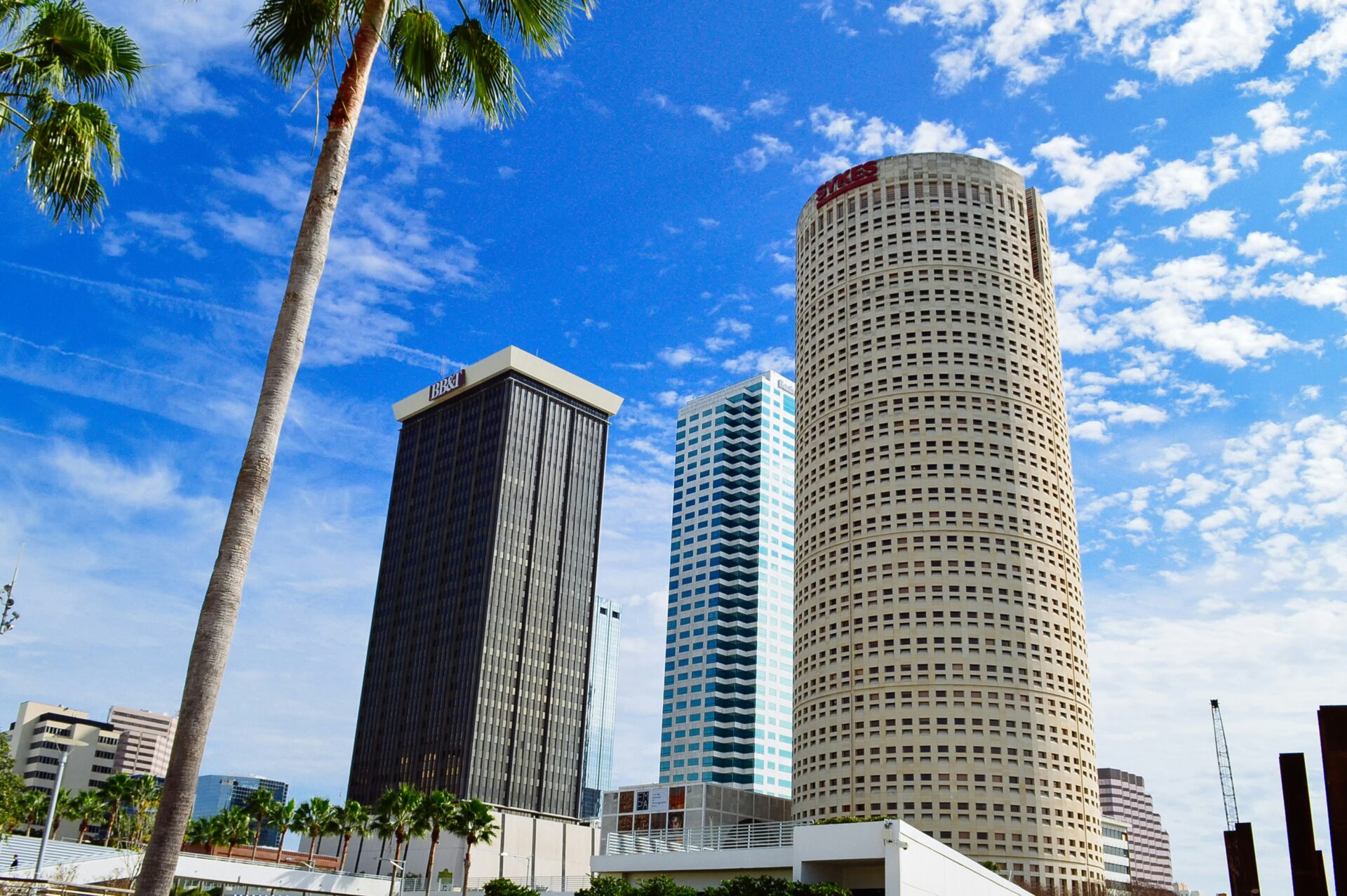
Cultural and Community Anchors
Cultural venues and civic spaces now anchor downtown. The Tampa Bay Lightning play at Amalie Arena, right by the water, drawing sports fans and big-name performers. Events spill out into restaurants and hotels, keeping the area busy all year.
Places like the Tampa Museum of Art, Tampa Theatre, and the Florida Aquarium pull in both locals and tourists. These institutions give downtown its character and offer something for every age group.
Former mayor Sandy Freedman and community groups really pushed this transformation. Their efforts to blend historic spaces with new development and welcome more residents have helped downtown Tampa evolve into a true urban district.

The Spark of Private Investment and Big Visionaries
Private investors have shaped the skyline and culture of downtown Tampa. Clear strategies and strong partnerships led to new offices, hotels, homes, and public spaces. Visionaries turned big ideas into reality.
Jeff Vinik and Strategic Property Partners
Jeff Vinik, who owns the Tampa Bay Lightning, has been a game-changer for downtown. I watched as he and Strategic Property Partners (SPP) saw potential in the empty land around Amalie Arena.
SPP launched Water Street Tampa, a massive project covering 56 acres. They built over a million square feet of new office space, another million for retail and culture, and thousands of homes. Sparkman Wharf and Tampa’s first five-star hotel, The Tampa EDITION, are just a couple of the highlights.
Vinik wanted places where people could walk, work, and live. He also brought the University of South Florida’s Morsani College of Medicine downtown, linking health, education, and business. The result? More tax revenue, more residents, and a once-empty part of town now full of life.

The Role of Bill Gates and Cascade Investment
Bill Gates and Cascade Investment quietly played a huge role in Tampa’s comeback. Through Cascade, Gates helped finance big pieces of Water Street Tampa alongside Vinik.
Cascade’s money, managed by Michael Larson, gave these long-term projects some serious staying power. Without that kind of backing, Tampa couldn’t have pulled off such large-scale changes. I think Gates’ support sent a message to other investors: Tampa’s worth a closer look.
With Gates, Vinik, and SPP on board, Tampa attracted national businesses and built a reputation as a city open for business.

Key Partners and Leadership Impact
It wasn’t just Vinik and Gates. Lots of leaders kept downtown Tampa moving forward. The Tampa Downtown Partnership focused on community improvements. Bryan Moll at SPP managed the complex projects and kept things on track.
Tod Leiweke, former CEO of the Lightning, and NHL commissioner Gary Bettman threw their support behind Vinik’s plans, connecting sports with business growth. Michael Larson from Cascade brought financial expertise. This team effort turned ideas into real, lasting change for downtown.

Modern Lifestyle and Community Transformation
Downtown Tampa feels like a different city now. Modern living, nightlife, and growth are everywhere. The way people live, work, and connect here has totally changed.
Residential Growth and Demographic Trends
Downtown’s population has soared over the last twenty years. High-rise apartments like Skypoint, The Element, and The Henry now fill the skyline, bringing in thousands of new residents. A lot of them work in tech or professional services, and many work remotely.
Rents for a one-bedroom often top $2,000 a month. Young professionals and families come for the walkable streets, parks, and all the entertainment. Long-timers like Stephanie Ferrell remember a time when downtown emptied out after 5 p.m. Now, people live, work, and play right in the city center.
Newcomers arrive from all over, making for a diverse and energetic community. The demand for downtown living keeps construction crews busy, adding even more condos and rentals.
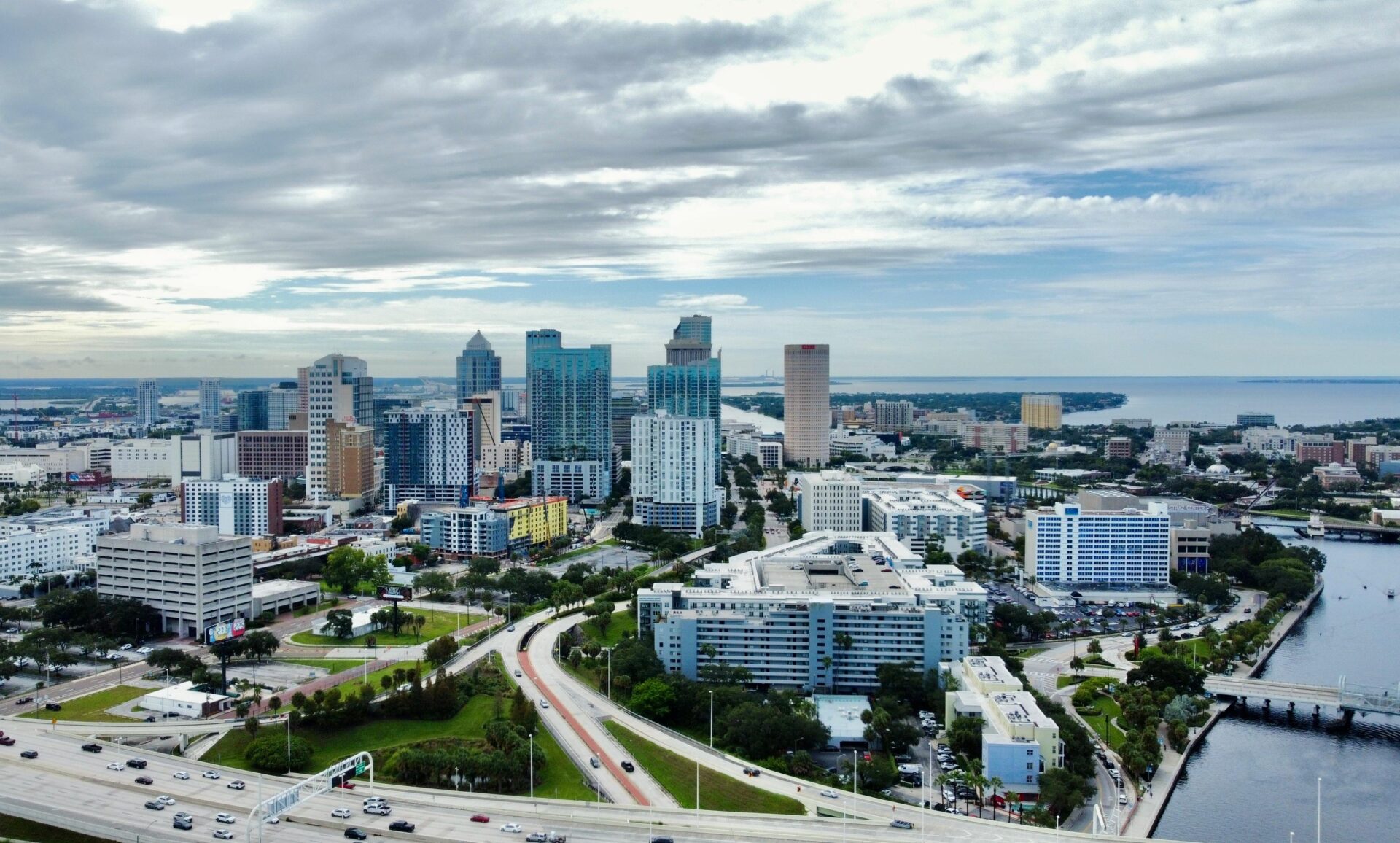
Local Culture, Arts, and Dining
Downtown Tampa shines with its blend of old and new. Historic spots like Tampa Theatre and the Floridan Hotel sit next to trendy restaurants and music venues. Sidewalks stay busy, especially around theaters, galleries, and event spaces.
There’s no shortage of places to eat and drink. Ulele, Columbia Cafe, and Bavaro’s Pizza Napoletana offer everything from classic to creative. Local bars like The Hub and C.W.’s Gin Joint add character and a sense of history.
Art shows, concerts, and festivals fill the calendar. This has built a lively nightlife that draws both residents and visitors from all over Tampa Bay. The presence of cultural institutions keeps the community connected and gives everyone something to look forward to.
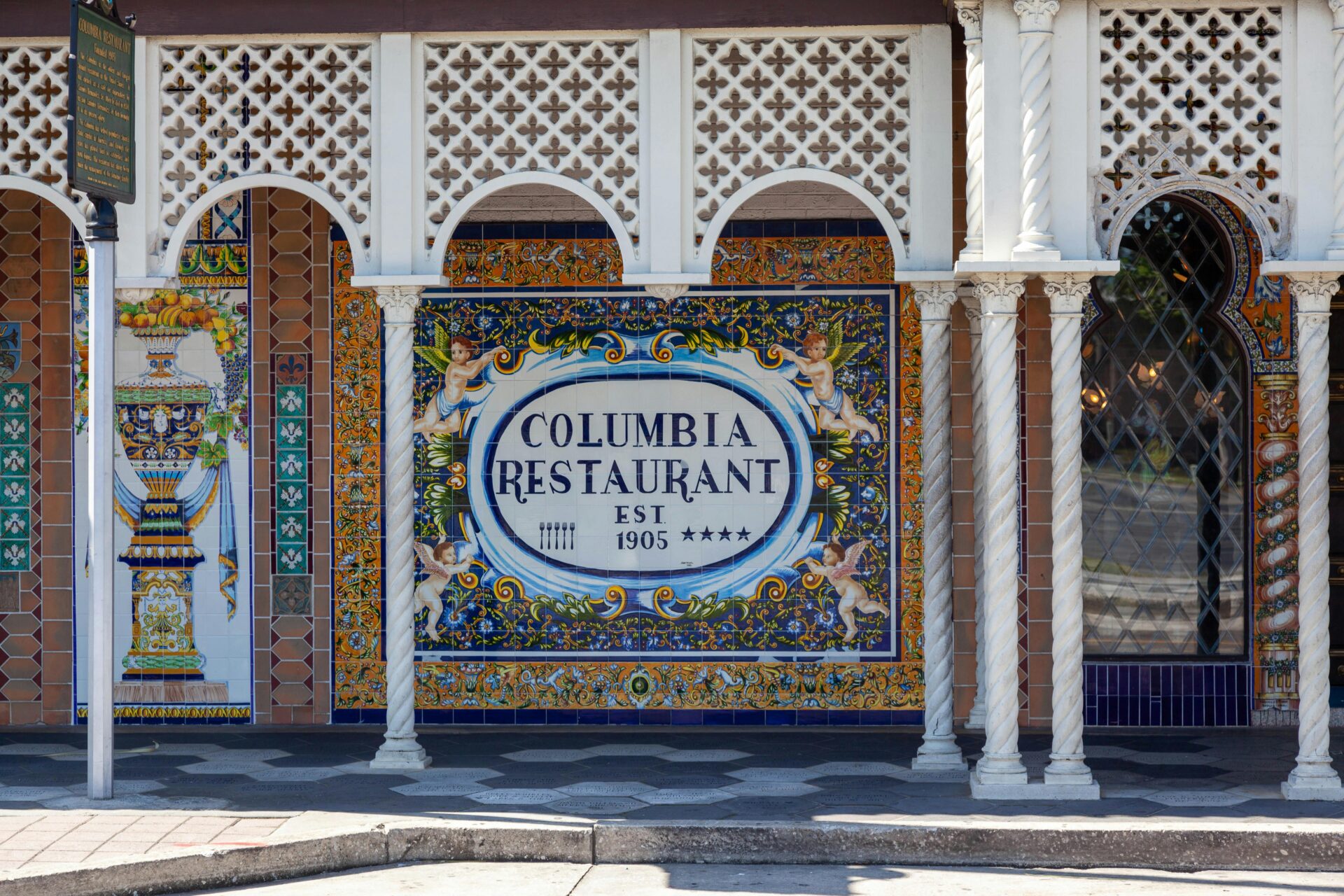
Connectivity and the Riverwalk Experience
The Tampa Riverwalk has really changed how folks get out and enjoy downtown. On any given day, I spot locals and visitors walking, biking, or just hanging out along the path beside the Hillsborough River.
The Riverwalk links up museums, parks, sports venues, and a bunch of restaurants. Suddenly, the city feels a lot more open and active.
Since it opened, I’ve noticed more people outside, ditching their cars for a stroll or a bike ride. Some of my favorite stops along the way? The Tampa Bay History Center, the Straz Center for the Performing Arts, and Curtis Hixon Waterfront Park—each brings its own vibe.
Honestly, this stretch has transformed the waterfront. Empty blocks now buzz with families, joggers, and friends meeting up for coffee or just to catch the sunset.
There’s even talk about extending the Riverwalk further. Imagine connecting even more neighborhoods and bringing fresh energy to the area.

University of South Florida and Economic Diversification
The University of South Florida (USF) has played a huge part in downtown Tampa’s evolution. Lately, USF expanded with new buildings and programs right near the city’s heart.
I often see students, researchers, and professors weaving through downtown, bringing a spark of innovation and excitement.
USF’s presence keeps drawing businesses, research teams, and start-ups downtown. The university teams up with local employers, which really helps job growth in health, education, and tech.
New businesses, especially, seem to love the steady stream of talent coming out of USF and other nearby colleges.
Key impacts of USF on downtown Tampa:
| Impact | Example |
|---|---|
| Talent Pipeline | Graduates working in local businesses |
| Research and Startups | Partnerships with tech and health companies |
| Community Events | Public talks, seminars, and expos |
By bringing in students and research, USF sparks economic growth and helps diversify the job market downtown. It’s a big reason Tampa feels less like just a business district and more like a real urban neighborhood.

Downtown Tampa’s Regional and National Significance
Downtown Tampa sits at the heart of the region’s economic and cultural life. It’s wild to see how it’s become a model for reinvention in the New South.
Influence on the Tampa Bay Area
I honestly think Downtown Tampa anchors the entire Tampa Bay Area. Major employers—banks, law firms, tech companies—call it home.
The city’s public spaces and riverfront don’t just connect neighborhoods. They pull together cities across the metro, too.
MacDill Air Force Base, just south of downtown, brings in military families and defense jobs. That boost spills over into the economy.
Downtown’s growth also fuels new housing and business investments in spots like Ybor City and Tampa Heights.
Cultural gems like the Tampa Museum of Art and Curtis Hixon Waterfront Park attract people from all over—c, St. Pete, you name it. The downtown district really acts as a regional gathering spot, always buzzing with big events and festivals that draw a mix of folks.

Model for Urban Redevelopment in the New South
Honestly, Downtown Tampa’s transformation didn’t just happen overnight. It took gutsy investments and some pretty thoughtful planning to get things rolling.
City leaders teamed up with experts like David Dixon and Jeff Speck. Together, they zeroed in on walkability, green space, and updating the city’s infrastructure.
While a lot of sunbelt cities just sprawled outward, Tampa did something different. The city doubled down on its urban core.
They built the Tampa Riverwalk and welcomed a wave of new high-rise apartments. Suddenly, restaurants and shops started popping up everywhere, and the area buzzed with energy both day and night.
Tampa has turned into a bit of a blueprint for the New South. Planners from all over the country now look at Tampa, wondering, “How can we bring that spark to our own downtowns?”
What’s really cool is how Tampa managed to breathe new life into the city while still hanging onto its history. That balance isn’t easy, but Tampa makes it look doable.

